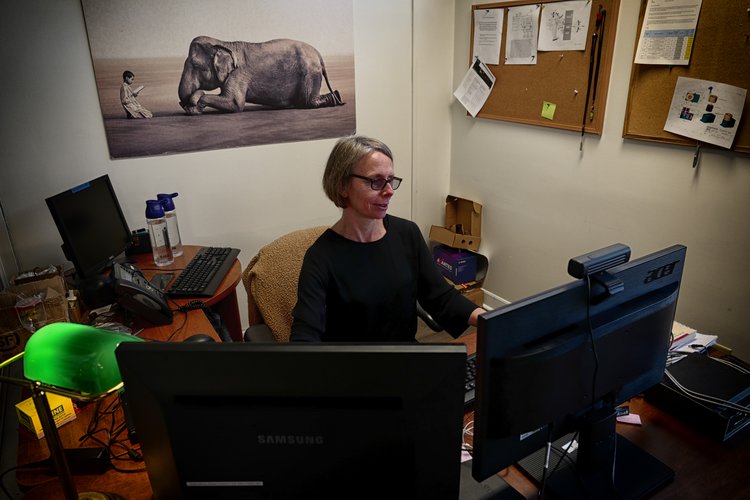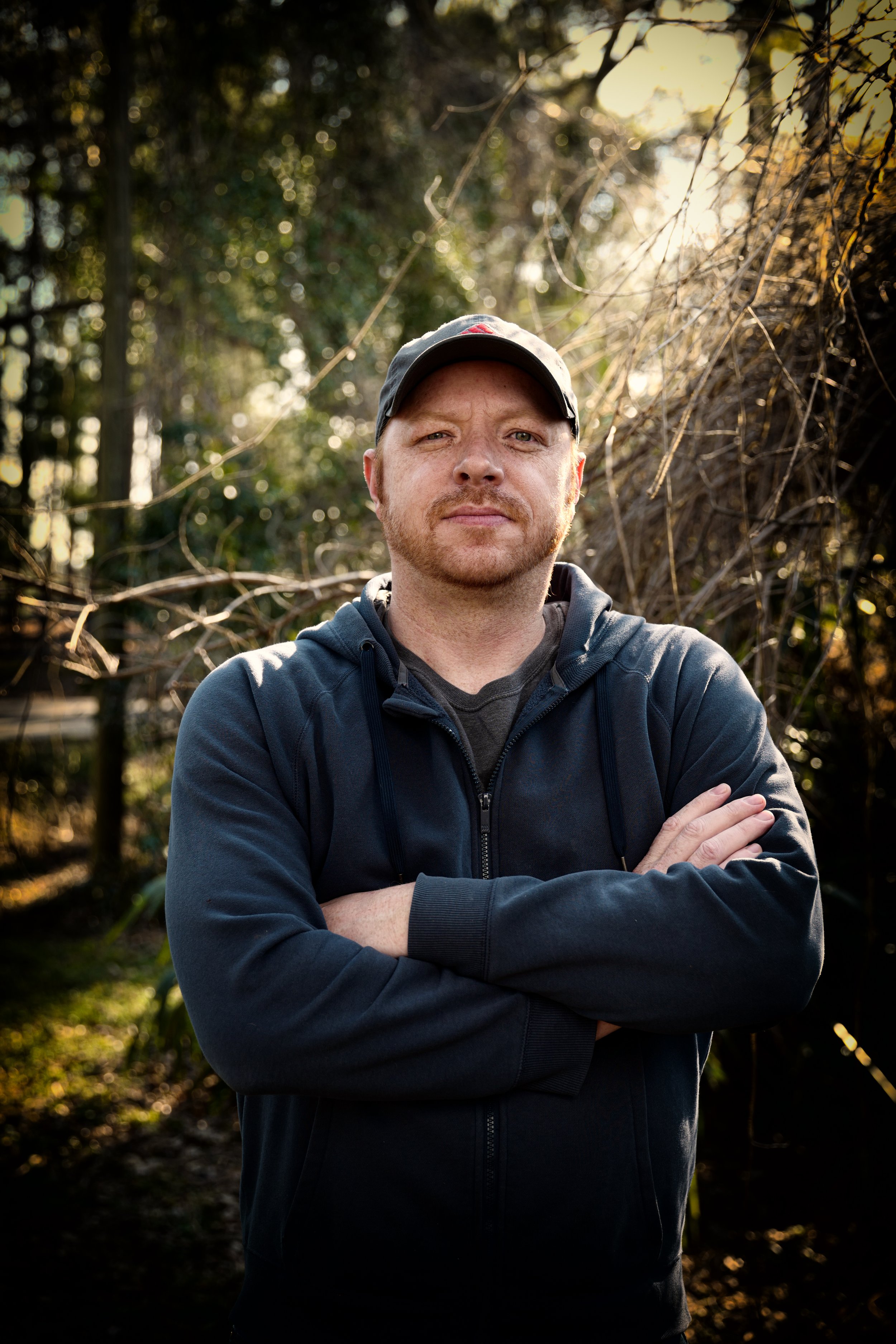The 6-Second Trick For Spectrophotometers
Table of ContentsThe Facts About Circularly Polarized Luminescence UncoveredOur Circularly Polarized Luminescence Ideas3 Easy Facts About Spectrophotometers ExplainedCircularly Polarized Luminescence Things To Know Before You BuyThe Definitive Guide to Circular Dichroism

Although spectrophotometry is most typically used to ultraviolet, visible, and infrared radiation, modern-day spectrophotometers can question wide swaths of the electro-magnetic spectrum, consisting of x-ray, ultraviolet, noticeable, infrared, and/or microwave wavelengths. Spectrophotometry is a tool that hinges on the quantitative analysis of particles depending on just how much light is soaked up by colored substances.
What Does Circular Dichroism Mean?
A spectrophotometer is typically used for the measurement of transmittance or reflectance of solutions, transparent or opaque solids, such as refined glass, or gases. Many biochemicals are colored, as in, they soak up noticeable light and for that reason can be determined by colorimetric treatments, even colorless biochemicals can frequently be transformed to colored compounds suitable for chromogenic color-forming responses to yield substances ideal for colorimetric analysis.: 65 However, they can likewise be designed to determine the diffusivity on any of the noted light varieties that usually cover around 2002500 nm utilizing various controls and calibrations.
An example of an experiment in which spectrophotometry is utilized is the determination of the equilibrium constant of a solution. A specific chain reaction within a service may occur in a forward and reverse instructions, where reactants form products and items break down into reactants. At some point, this chemical response will reach a point of balance called a stability point.
The 45-Second Trick For Uv/vis
The amount of light that passes through the service is indicative of the concentration of particular chemicals that do not allow light to travel through. The absorption of light is because of the interaction of light with the electronic and vibrational modes of particles. Each type of molecule has a specific set of energy levels connected with the makeup of its chemical bonds and nuclei and thus will soak up light of particular wavelengths, or energies, resulting in distinct spectral homes.
Using spectrophotometers covers numerous clinical fields, such as physics, products science, chemistry, biochemistry. circularly polarized luminescence, chemical engineering, and molecular biology. They are widely used in many markets consisting of semiconductors, laser and optical manufacturing, printing and forensic examination, as well as in labs for the study of chemical substances. Spectrophotometry is typically utilized in measurements of enzyme activities, determinations of protein concentrations, decisions of enzymatic kinetic constants, and measurements of ligand binding reactions.: 65 Eventually, a spectrophotometer has the ability to figure out, depending on the control or calibration, what substances exist in a target and precisely just how much through estimations of observed wavelengths.
Invented by Arnold O. Beckman in 1940 [], the spectrophotometer was created with the aid of his colleagues at his business National Technical Laboratories founded in 1935 which would end up being Beckman Instrument Company and ultimately Beckman Coulter. This would come as a service to the formerly created spectrophotometers which were unable to absorb the ultraviolet correctly.
Excitement About Circular Dichroism
It would be found that this did not provide acceptable results, therefore in Design B, there was a shift from a glass to a quartz prism which permitted for much better absorbance outcomes - spectrophotometers (https://pagespeed.web.dev/analysis/https-olisclarity-com/ft59obxjpp?form_factor=mobile). From there, Design C was born with a change to the wavelength resolution which wound up having three systems of it produced
It irradiates the sample with polychromatic light which the sample takes in depending on its homes. Then it is transferred back by grating the photodiode range which finds the wavelength area of the spectrum. Considering that then, the creation and implementation of spectrophotometry gadgets has increased tremendously and has become one of the most ingenious instruments of our time.

All about Uv/vis/nir
Historically, spectrophotometers use a monochromator containing a diffraction grating to produce the analytical spectrum. The grating can either be movable go to my site or repaired. If a single detector, such as a photomultiplier tube or photodiode is utilized, the grating can be scanned step-by-step (scanning spectrophotometer) so that the detector can measure the light intensity at each wavelength (which will represent each "action").
In such systems, the grating is repaired and the strength of each wavelength of light is determined by a various detector in the array. When making transmission measurements, the spectrophotometer quantitatively compares the portion of light that passes through a reference service and a test option, then electronically compares the strengths of the two signals and computes the percentage of transmission of the sample compared to the recommendation requirement.
